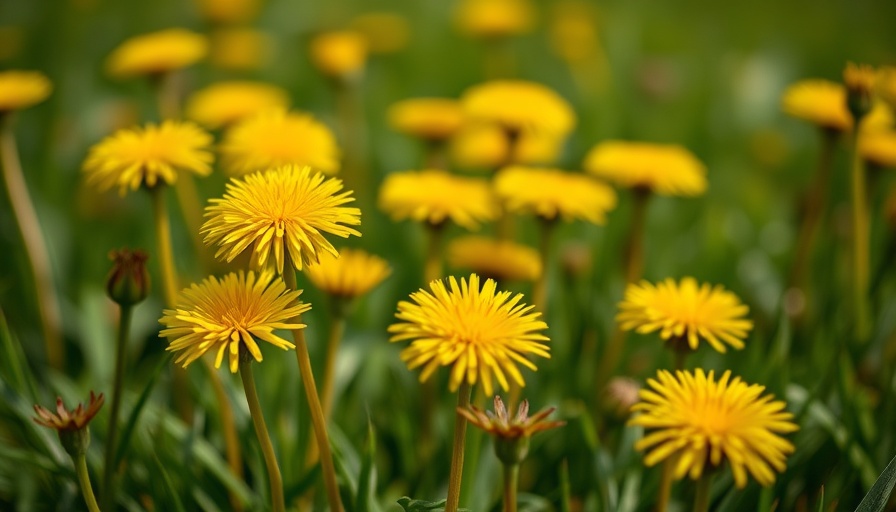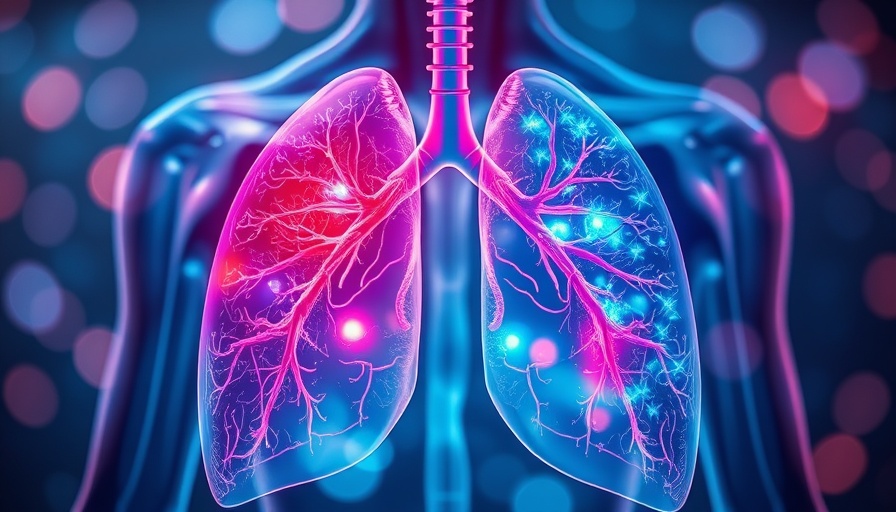
The CDC’s Travel Lockdown Proposal: A Call to Action or Fearmongering?
In a new twist on public health messaging, the Centers for Disease Control and Prevention (CDC) is urging unvaccinated travelers to rethink their travel plans due to a recent spike in measles cases traced back to air travel. With health officials confirming measles exposure in various airports and on flights, the agency is recommending full vaccination ahead of international travel, particularly for those heading to Texas, where over 700 cases have been documented this year alone. However, the narrative surrounding the vaccine and the CDC’s recommendations have sparked a heated debate about public health strategies and individual freedoms.
Examining the Context of Vaccine Debates
The push for widespread vaccination to curb the spread of measles has been framed by some as a choice between public safety and personal liberty. Critics of the CDC's latest advisory argue that the agency is employing fearmongering tactics reminiscent of earlier pandemic proclamations. They assert that while measles remains highly contagious, vaccinated individuals can also harbor the virus, complicating the narrative that unvaccinated people are solely to blame for outbreaks. This view underlines a crucial aspect of the vaccination debate: the complexity of immunity and how it works in a community.
Understanding the Vaccine Landscape
Vaccination remains one of the most effective methods to reduce the prevalence of contagious diseases. Yet, the CDC's message has incited skepticism from segments of the population, particularly those interested in alternative medicine. Some believe that questions surrounding the safety and effectiveness of vaccines aren't adequately addressed, leading to distrust in health authorities. This skepticism reflects broader concerns about pharmaceutical transparency and the motives of the “Vaccine Industrial Complex.” As individuals weigh their options, they must consider guidance from a variety of reputable sources and their own health needs.
Theories and Myths Around Vaccination Risks
Among the points of contention in the vaccination discussion are the risks associated with vaccines themselves. Misconceptions persist that vaccines can cause more harm than good, feeding into fears that any public health initiative prioritizing vaccinations might have ulterior motives. It’s vital to distinguish between anecdotal claims and scientifically supported research when navigating these discussions. Moreover, the public must acknowledge the distinction between alleged risks posed by vaccines and the dangers of contracting diseases like measles, which can have severe and sometimes fatal complications.
Public Health vs. Personal Choice
The pandemic-era dichotomy of public health measures and personal choice is at the core of ongoing frustrations. As the CDC urges unvaccinated individuals to reconsider traveling amidst measles outbreaks, the broader conversation becomes a balance between protecting public health and preserving individual freedoms. Supporters of vaccination argue that stringent measures aim to protect the most vulnerable populations, including children and those with compromised immunity. However, others feel that healthy adults should not be compelled to undergo medical interventions when they may assess their own risk differently.
What Travellers Should Consider
As travel resumes, it’s more important than ever for travelers to stay informed about potential risks and health recommendations. Consulting with health professionals, understanding the local epidemiology, and weighing the necessity of vaccinations against personal health is crucial. Are the health risks associated with not getting vaccinated greater than the precautionary measures imposed by the CDC? This perspective shift is vital for travelers making decisions about their health and safety on the road.
Final Thoughts: A Call to Educated Engagement
The current discourse surrounding measles vaccinations and travel advisories serves as a reminder of the importance of staying informed in an evolving landscape. As this debate intensifies, individuals must be well-equipped to investigate the safety, efficacy, and necessity of vaccinations critically. In the spirit of maintaining personal and public health, it’s invaluable to engage in discussions that merge data-backed information with personal experiences.
Understanding both sides of the vaccination debate opens pathways to informed choices. Adults in Massachusetts particularly concerned about alternative health approaches must take the time to explore various perspectives and scientific studies before making their travel decisions.
 Add Row
Add Row  Add
Add 




Write A Comment